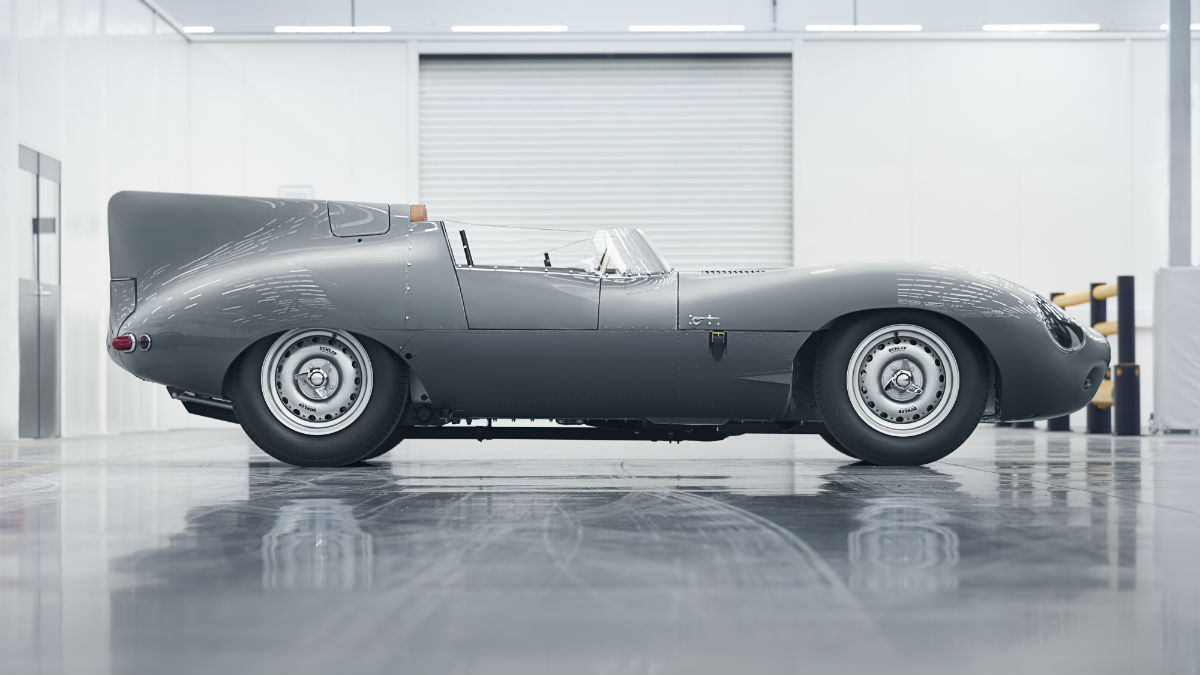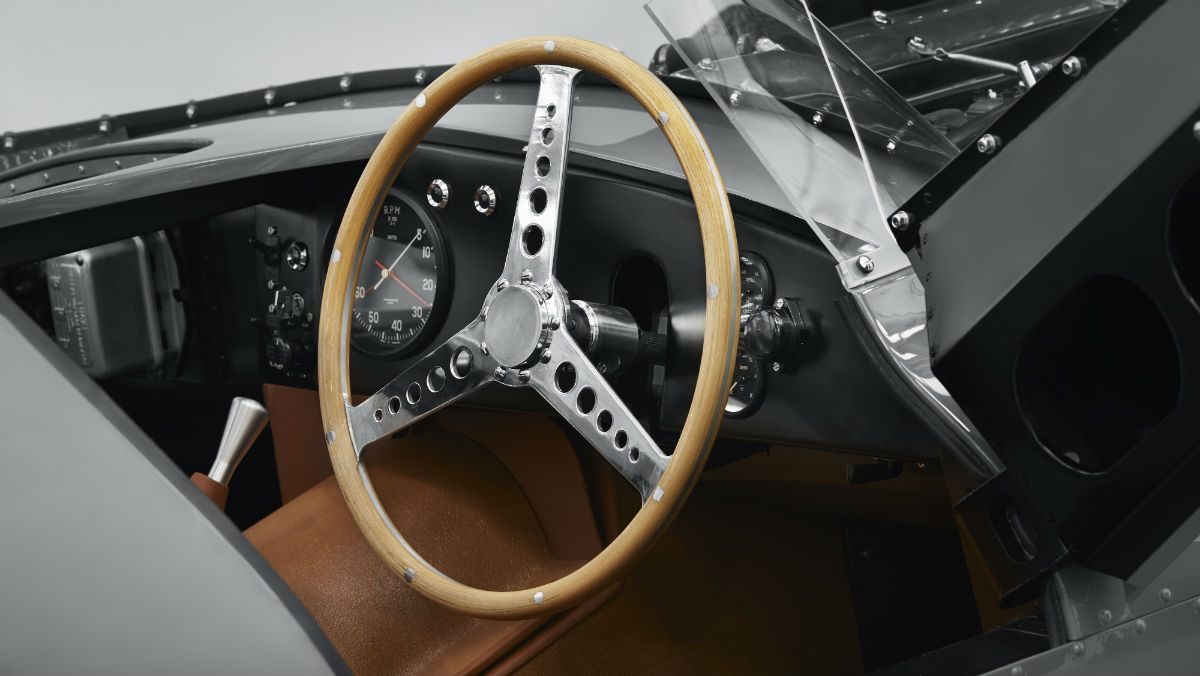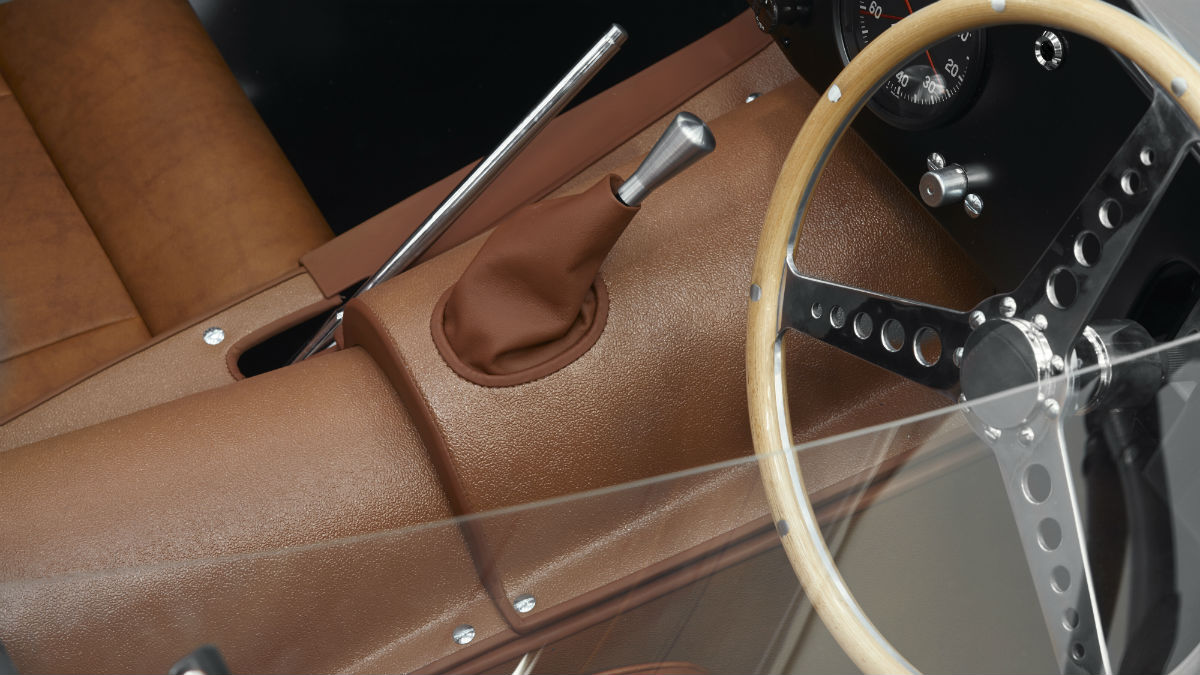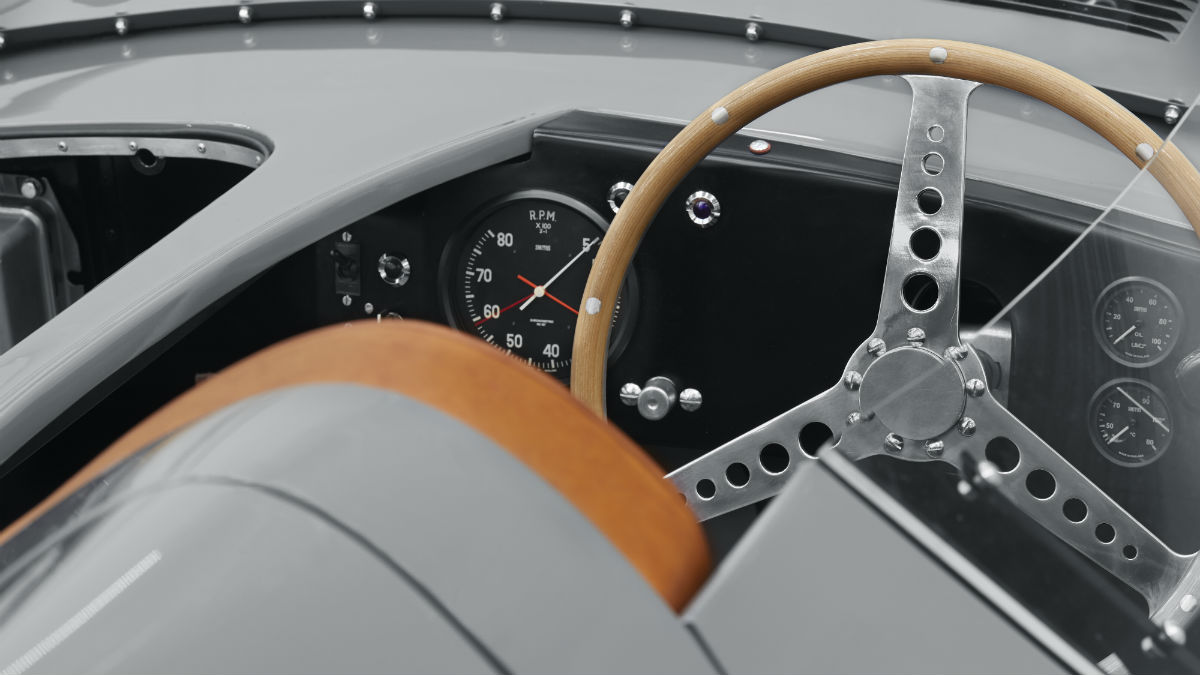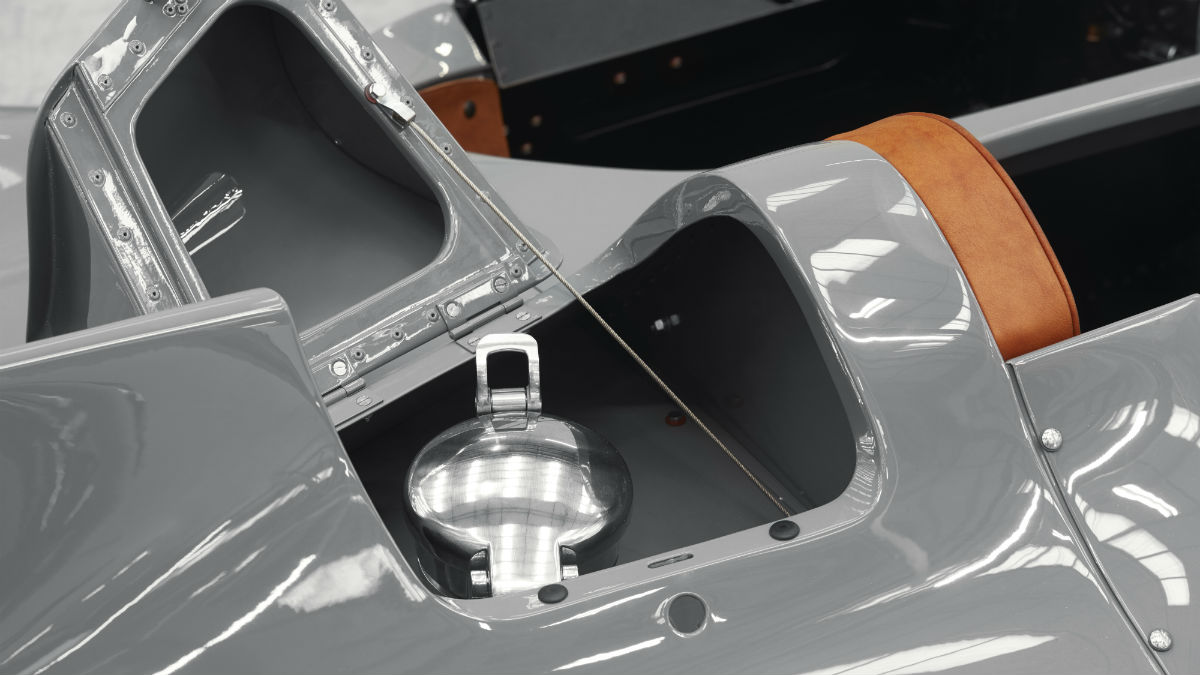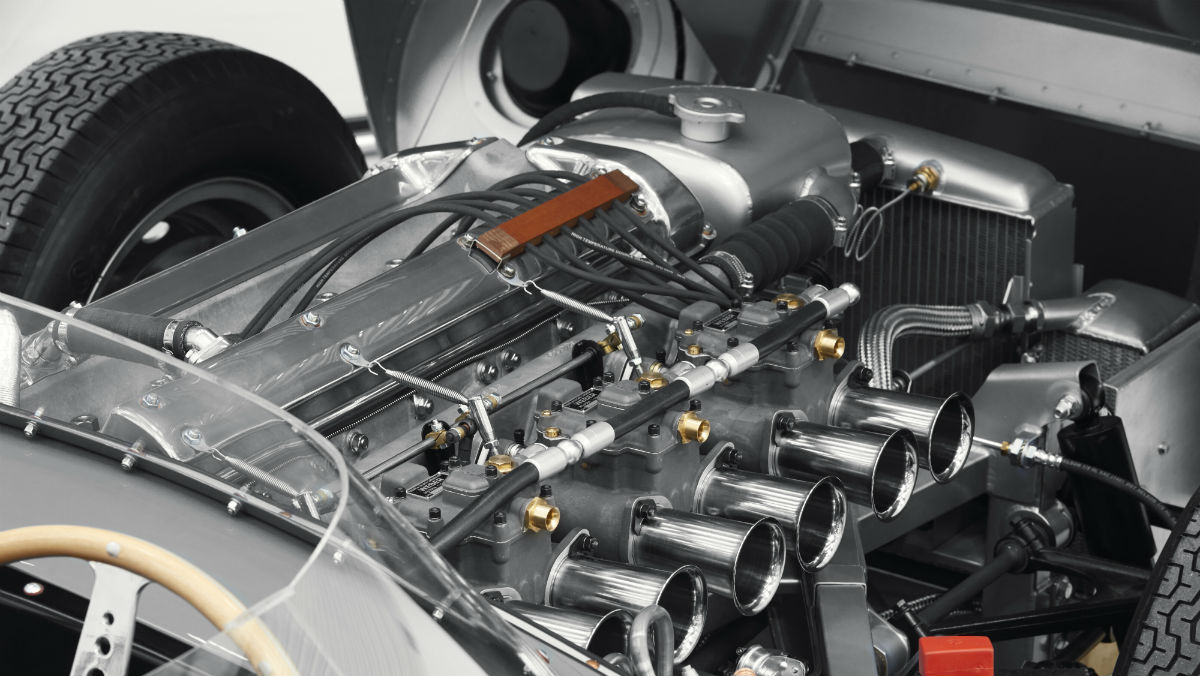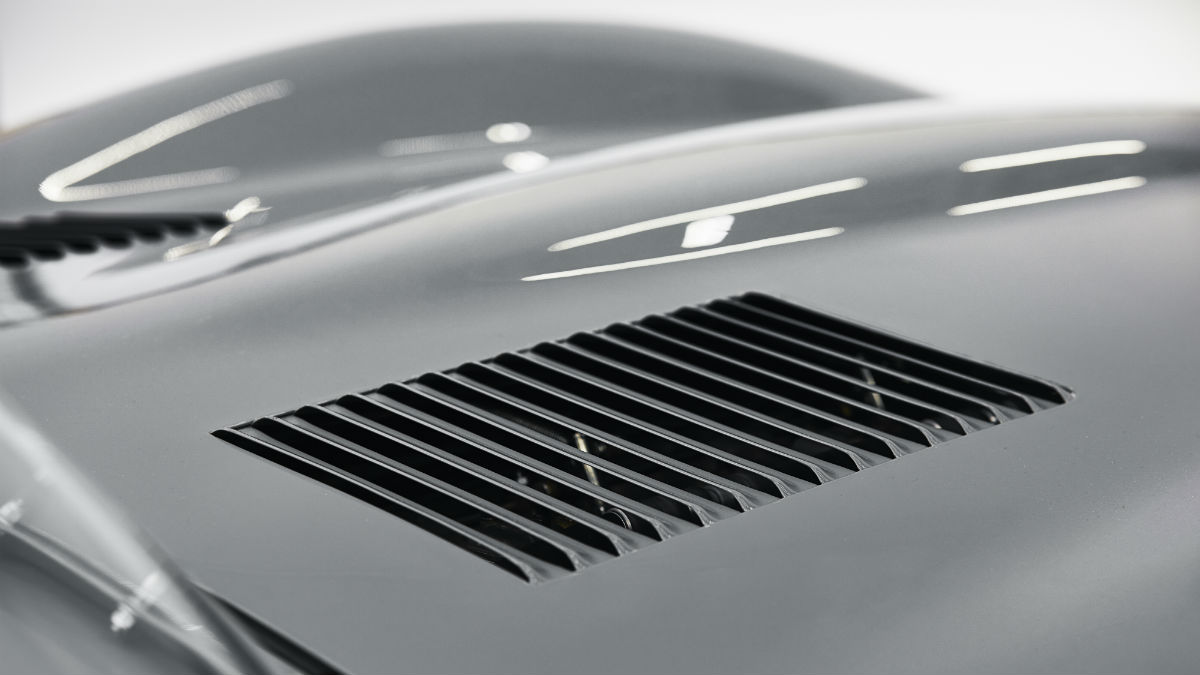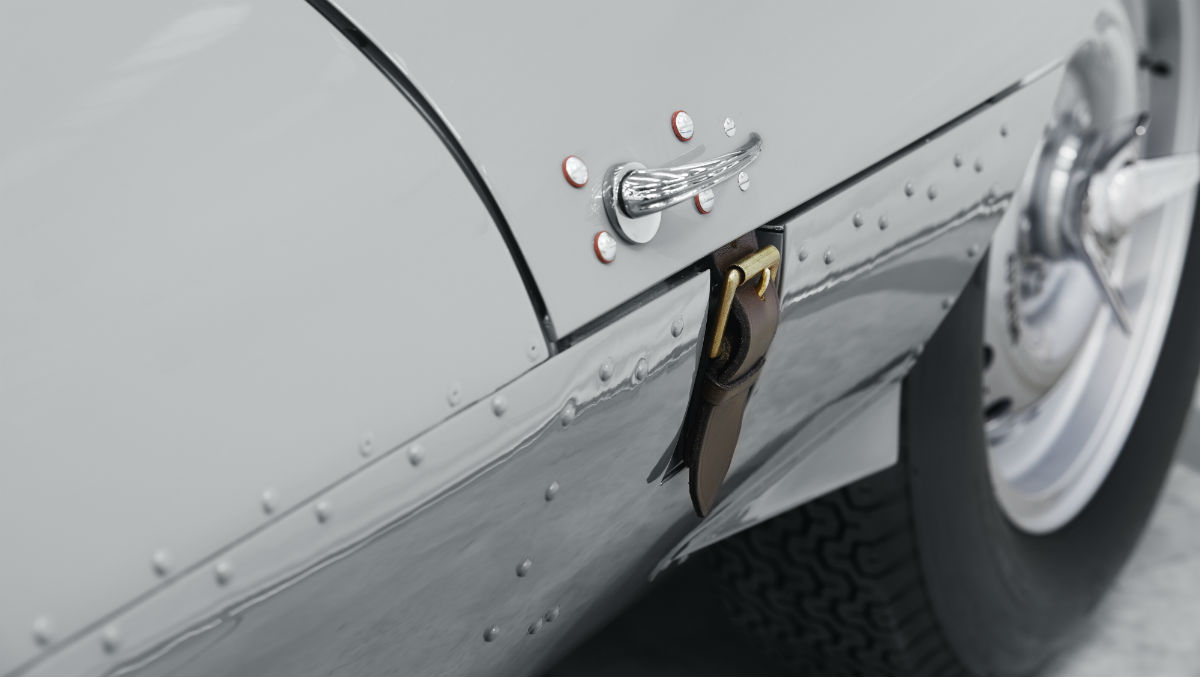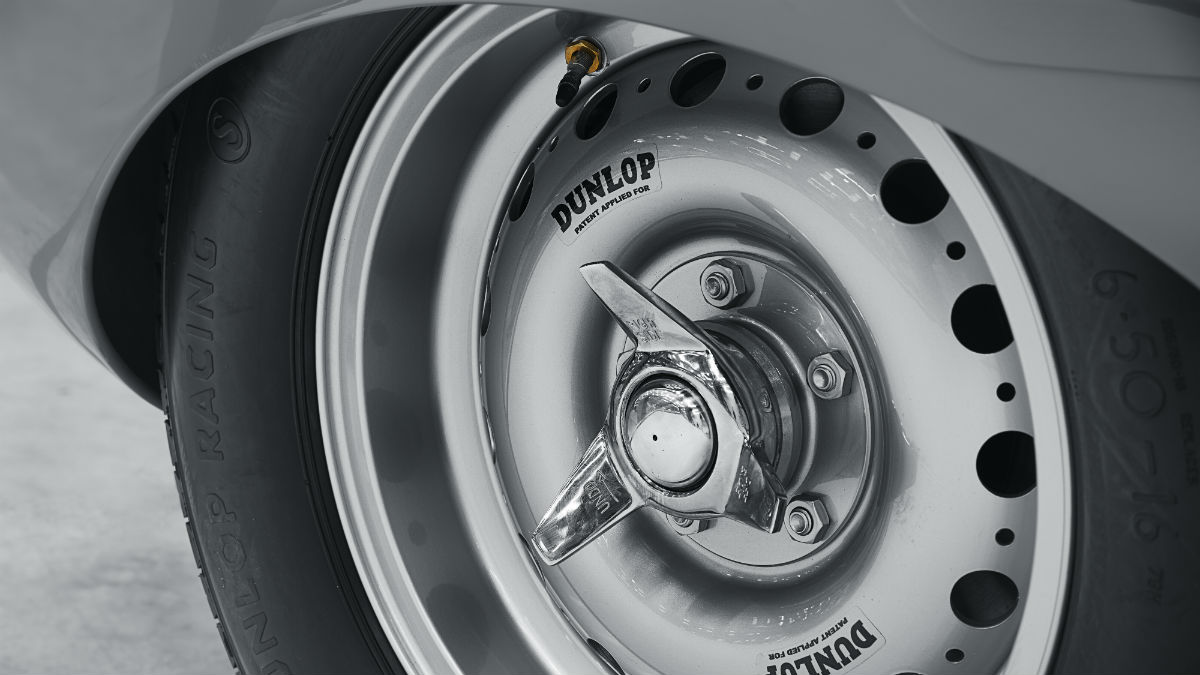The old saying, “They don’t make them like they used to,” is such a tired expression. The sentiment is that manufacturing quality used to be higher — that product-driven experiences were more visceral once upon a time.
There is, of course, some truth to the claim. A skilled laborer crafting a single chair each day yields a better product than assembly lines scrambling together 50 chairs a day. Similarly, driving an open-cockpit, V12-powered Formula One car from the 1950s is a whole lot more death-defying than piloting today’s turbocharged V6, halo safety-equipped model.
But we can’t go back — right?
Jaguar Classic disagrees. The U.K. automaker just announced it will restart production of perhaps its most storied model — 62 years after production ended in 1956. The D-Type pioneered monocoque chassis construction and certain aerodynamic principles that helped it far outpace rivals in competitions like the 24 Hours of Le Mans. If ever there was a heritage race car to give new life, this would be it.
Jaguar Classic will introduce its new D-Type at the Salon Retromobile show in Paris this week. Each of the 25 planned production units will be built at Jaguar Land Rover Classic Works’ Warwickshire facility. These models will join the 75 units produced between 1954 and 1956.
Each new model will be built to original specification, including the car’s six-cylinder XK engine. This is made possible from exclusive access to original Jaguar engineering drawings and records.
“The Jaguar D-type is one of the most iconic and beautiful competition cars of all time, with an outstanding record in the world’s toughest motor races. And it’s just as spectacular today,” said Tim Hannig, Jaguar Land Rover Classic director.
The D-type is the third continuation vehicle from Jaguar Classic, joining the six missing Lightweight E-type models completed between 2014 and 2015, and nine XKSS models built in 2017 and 2018. “Each one will be absolutely correct, down to the very last detail, just as Jaguar’s Competitions Department intended,” promised Kev Riches, Jaguar Classic engineering manager.
So how much does an ultra-rare, labor-intensive, race-bred automotive icon cost? If you have to ask … well, you know.
